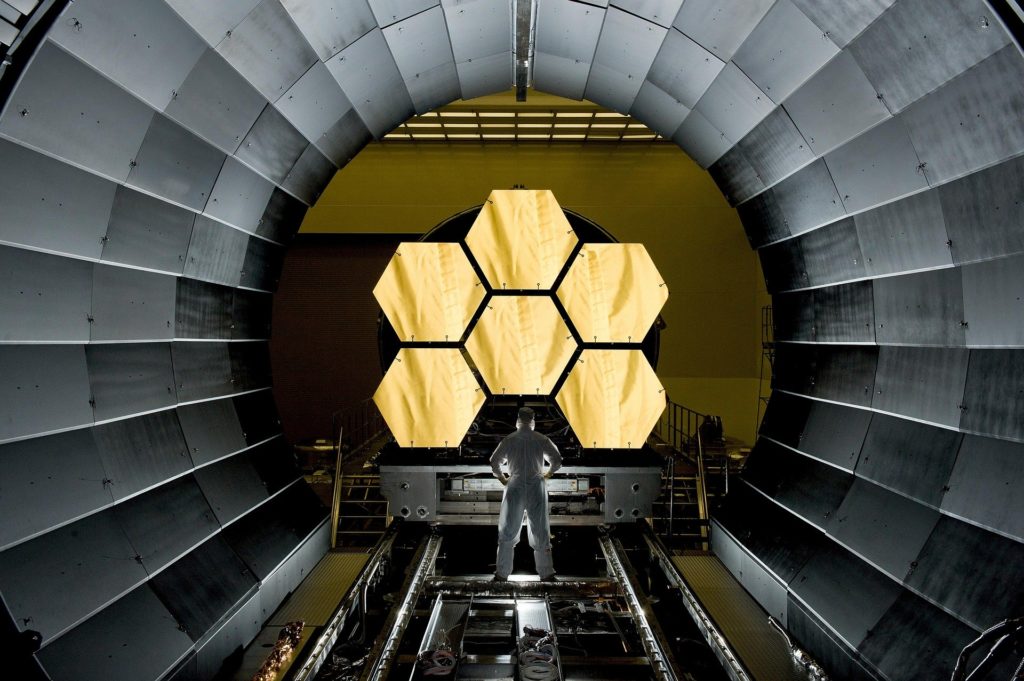
The manufacturing sector is in a state of flux. Amid cost volatility, policy changes, and technology disruption, today’s manufacturing leaders have a lot to navigate. One trend that we’ve found particularly interesting is the change in the industry workforce as a whole. What’s shaping those changes, and what do they mean for industry growth?
Innovation can be found on most factory floors today. Sensors and robotics are increasingly managing mechanical and electrical processes. Most manufacturers are taking advantage of the cost savings offered by automating operations wherever possible. The expanded application of technology is allowing the manufacturing industry to continue to grow and thrive in an evolving market. However, this new, more technical landscape requires a different kind of worker.
The Manufacturing Employment Gap
In 2017, a Ball State University study found that approximately half of American jobs across the income and education spectrum are at risk for automation, particularly among low-wage, low-skilled workers. Currently, manufacturing is facing record lows of unemployment, while in fact, openings at factories throughout the country hover around 500,000. Even more problematic, over the next ten years, there is a projected need for 4.6 million manufacturing jobs—just over half of which may go unfilled due to the skills gap. These statistics point to the fact that there is plenty of room for manufacturing workers with a particular skill set.
Finding the Right Skilled Worker
Though middle-market manufacturers might not have the resources to attract new talent through cutting-edge technology, they need to develop programs to address the skills shortfall and build a new generation of technically-savvy employees. We believe that manufacturers who intentionally invest in the future of their employees will obtain a clear competitive advantage. On a similar note, a report showed that 60% of millennials 1 had left a job of fewer than three years because the culture wasn’t a good fit. Industry leaders should remember to be conscious of who makes up the current workforce and what those individuals are seeking.
Planning Ahead for Future Growth
Forward-thinking companies are taking action now to build the workforce of their future -and doing so will position them ahead of the competition. Apprenticeship programs, partnerships, and outsourcing via contract management are just a few tactics manufacturers need to be thinking about if they hope to retain workers with the digital know-how required for today’s roles. Additionally, a focus on keeping employees can help manufacturing companies reduce turnover while grooming the next generation of company leaders.
There are tangible costs related to turnover. However, there is also an opportunity cost that manufacturing companies need to consider over the coming years. Businesses who edge out their competition will apply new technology where they’re able, hire new employees who are proficient in that technology and excited to learn more and then make efforts to grow and retain that employee over the coming decades. Doing those things will free up company leadership to focus more on streamlining operations, maintaining innovation, and quickly addressing new challenges – all of these are required activities for manufacturers who want to grow over the next decade.
1 Why Millennials Are Ending the 9 to 5 by Kate Taylor